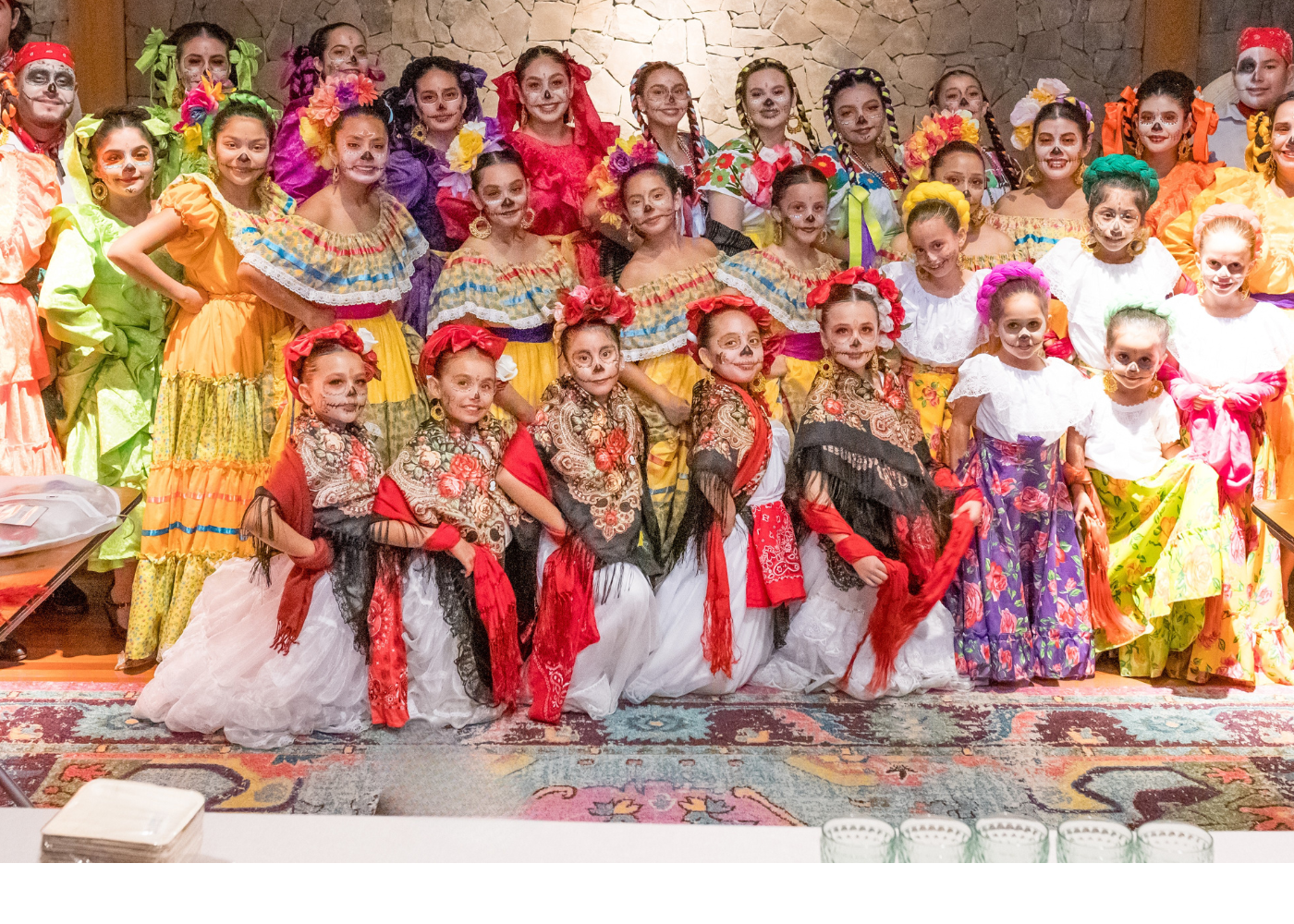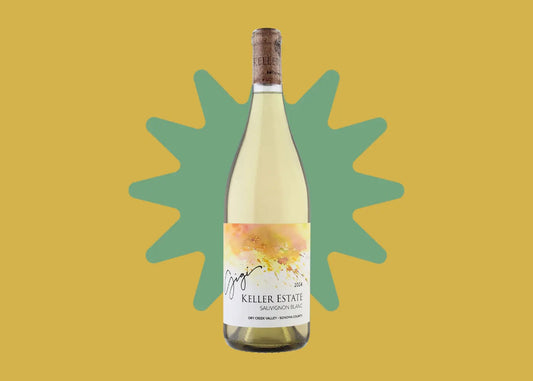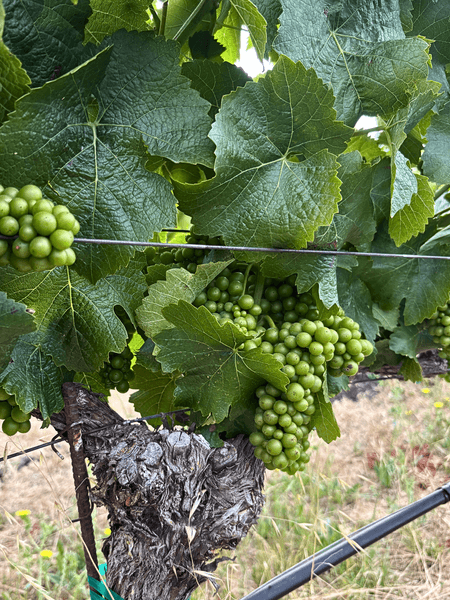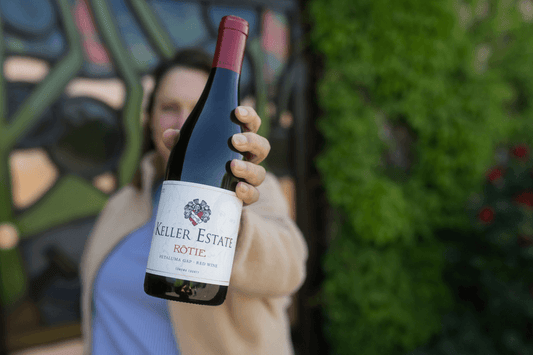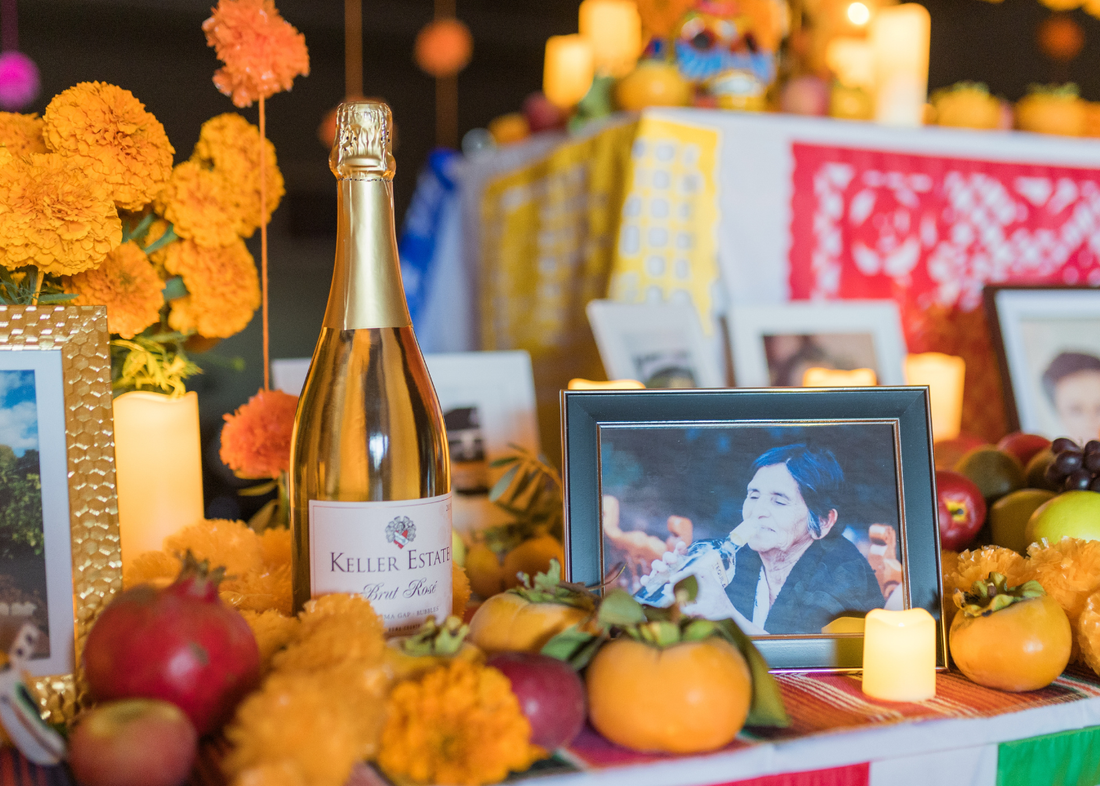
Día de los Muertos, or Day of the Dead, is one of Mexico's most vibrant and meaningful traditions, celebrated annually on November 1st and 2nd. Far from being a morbid occasion, this colorful festival represents a joyful reunion between the living and deceased loved ones.
Ancient Roots in Mexican History
The origins of Día de los Muertos stretch back over 3,000 years to pre-Columbian civilizations, particularly the Aztecs, Maya, and other Mesoamerican peoples. These ancient cultures viewed death not as an ending, but as a natural continuation of life's journey. The Aztecs dedicated an entire month to honoring the dead, led by the goddess Mictecacíhuatl, known as the "Lady of the Dead."
The Zapotec civilization in Oaxaca had their own rich traditions of ancestor veneration, creating elaborate tombs and conducting rituals to maintain connections with deceased family members. In the mountainous regions of Oaxaca, indigenous communities like the Mixtec and Zapotec would gather at gravesites to share meals with their ancestors, decorating burial places with flowers and offerings of food, mezcal, and personal belongings.
The Maya celebrated similar festivals, believing that deceased souls could return to earth during specific times of the year. They created altars with copal incense, cacao, and corn; sacred elements that formed bridges between the world of the living and the dead.
When Spanish colonizers arrived in the 16th century, they encountered these deeply rooted death rituals. Rather than completely suppressing them, Catholic missionaries strategically merged indigenous traditions with Christian observances of All Saints' Day (November 1) and All Souls' Day (November 2). This cultural fusion created the modern Día de los Muertos celebration.
Join Us in Celebration
At Keller Estate, we embrace this beautiful tradition of honoring those who have passed while celebrating the continuity of life and love. Whether you visit us at the Estate or create your own celebration at home, we invite you to join us in remembering those we hold dear.
Families traditionally create elaborate ofrendas (altars) decorated with marigold flowers, sugar skulls, favorite foods of the departed, and personal mementos. The belief remains that during these sacred days, the spirits of loved ones return to visit, drawn by the aromas, colors, and memories shared by those still living.
This meaningful tradition demonstrates how we can honor our loved ones' memory while celebrating the bonds that transcend time, a perfect reflection of the warmth and community spirit we cherish at Keller Estate.
Celebrate Dia de los Muertos on November 1, 2025 at Keller Estate
Join us November 1, 2025 to experience the beauty of Dia de los Muertos. Learn more and purchase tickets: HERE.

